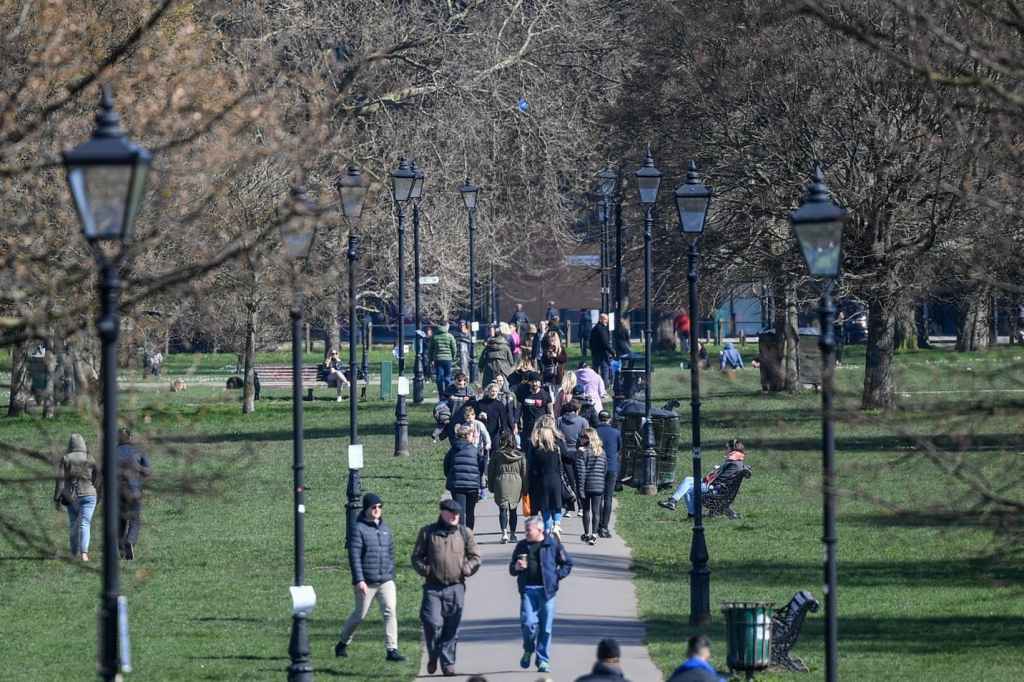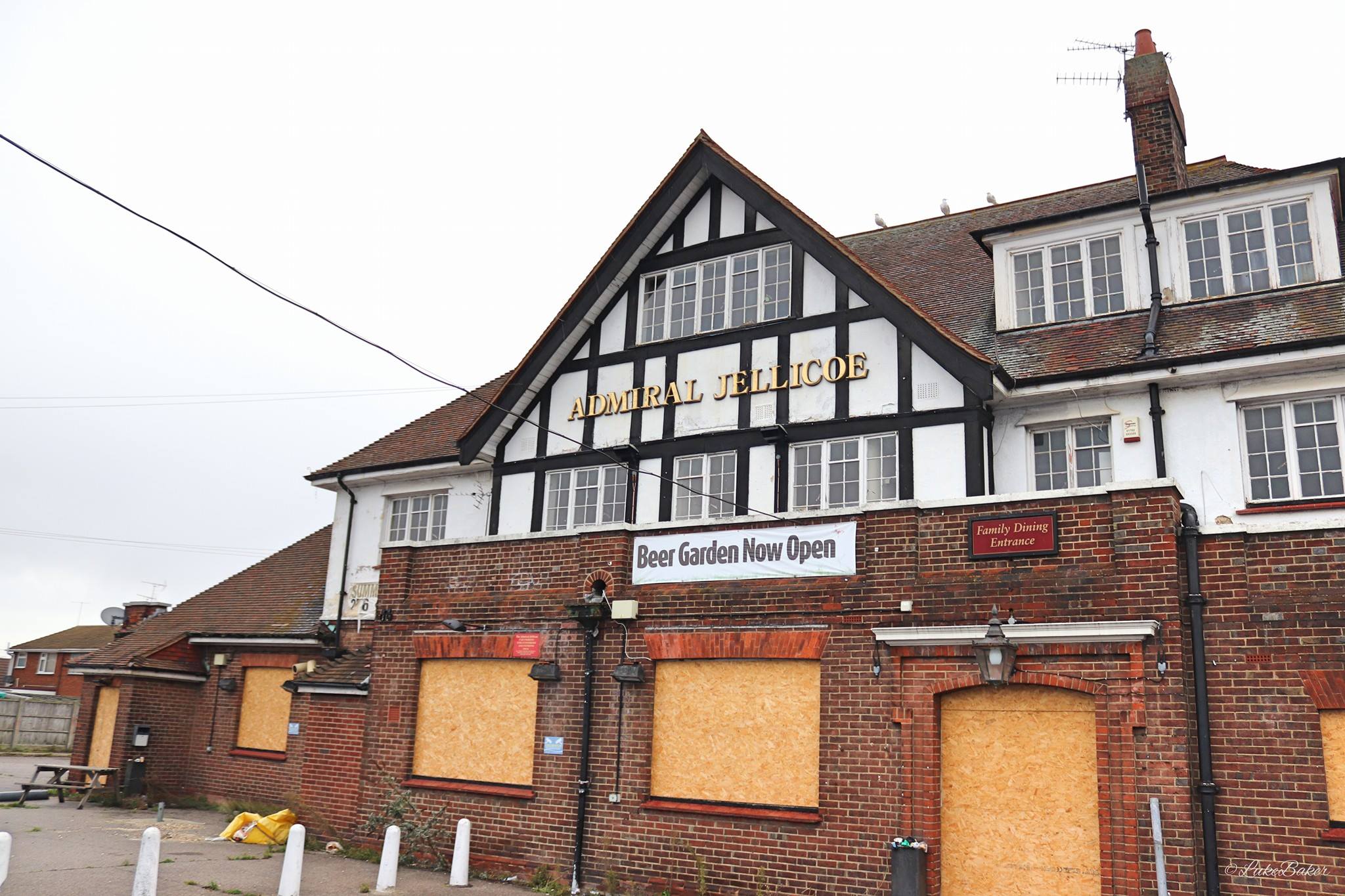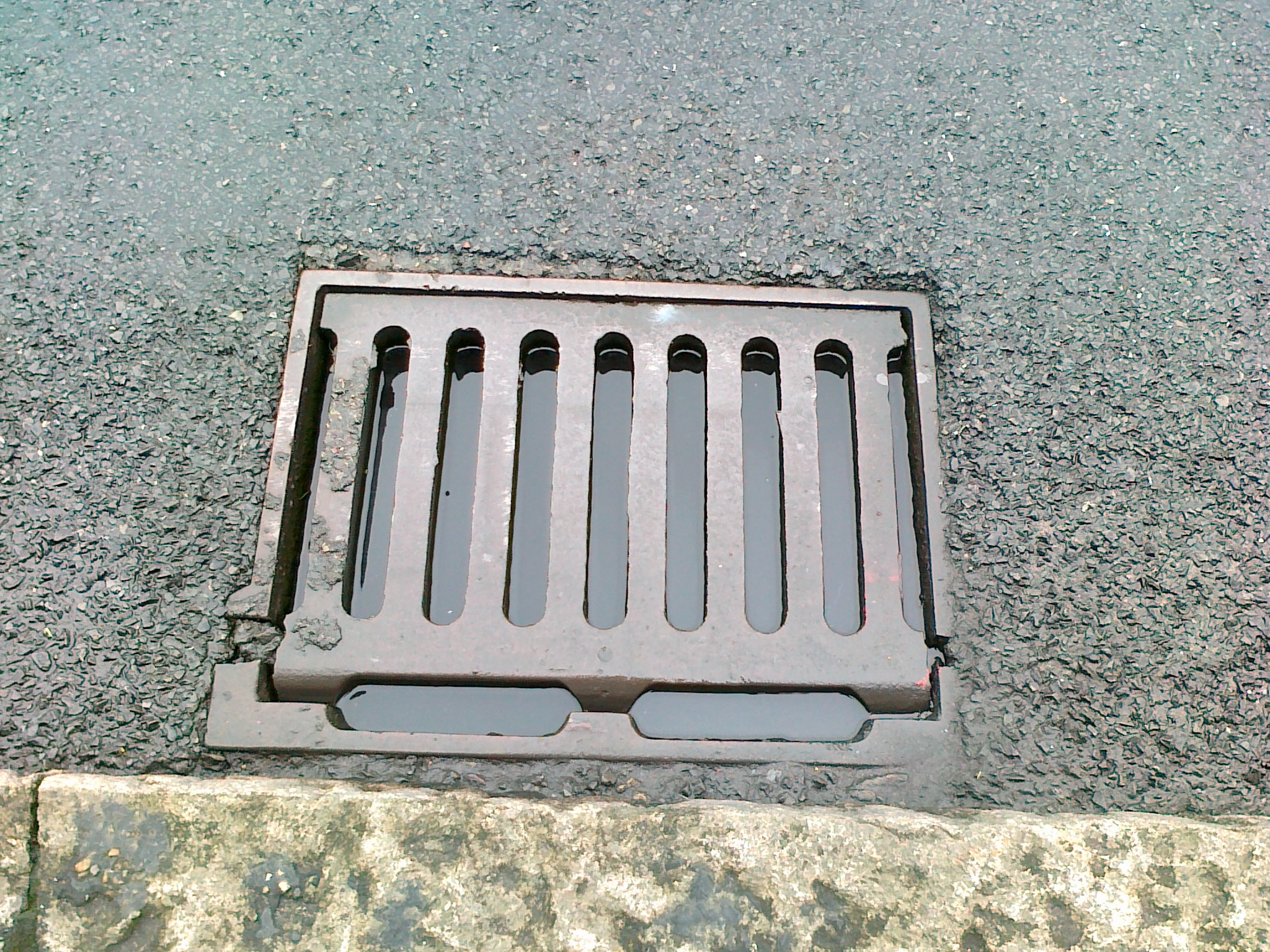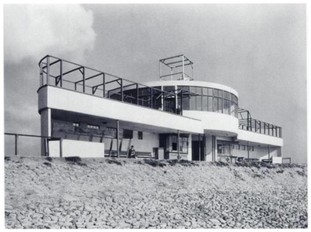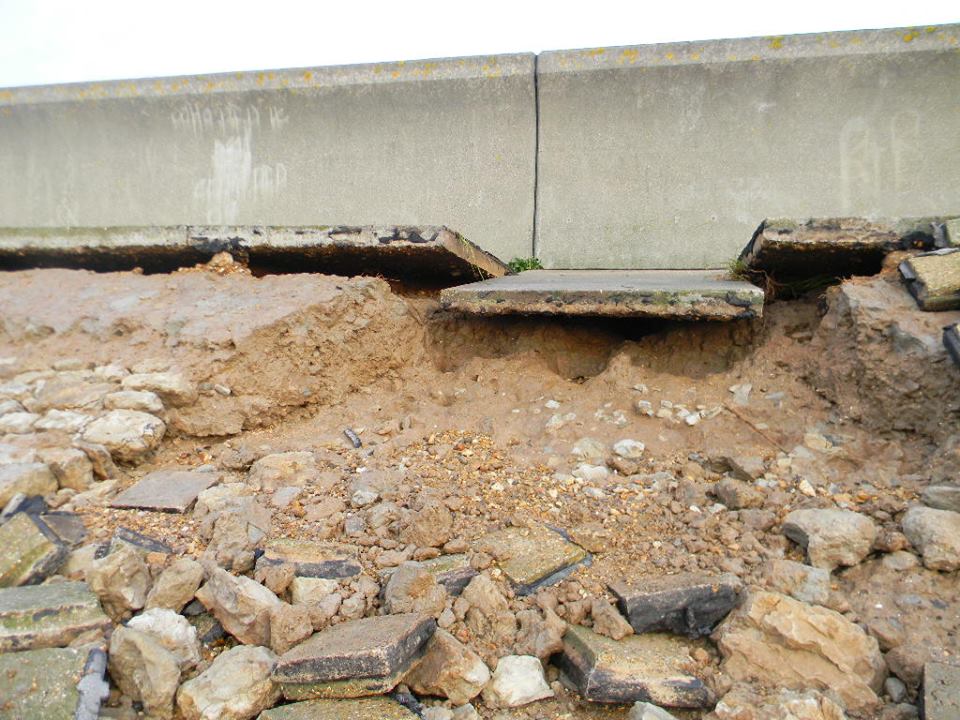Soon Castle Point Council may well be faced with a Housing problem. One that has not been publically discussed, but nevertheless will one day soon need to be addressed. One that is out of the local authority’s ability to address or control.
Thorney Bay is “Home” to many people and families who, through no fault of their own, are in need of decent living accommodation.
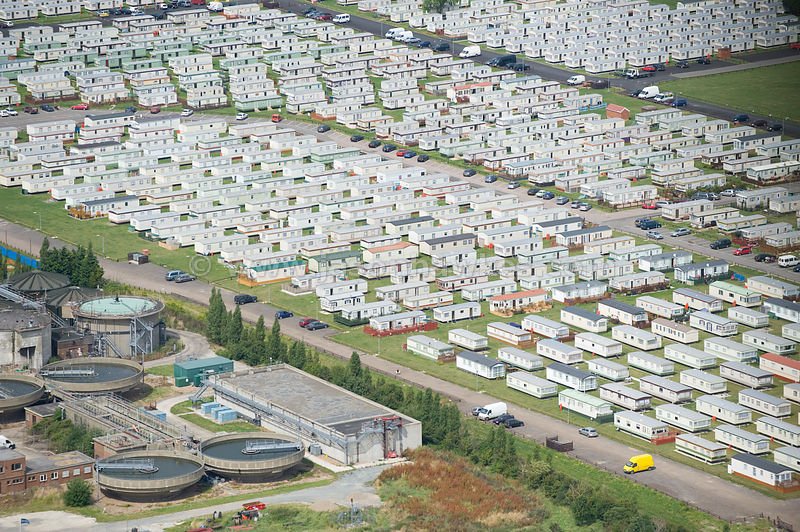
copyright Jason Hawkes
Some families may have been relocated to Canvey Island from distant areas, and now consider Canvey AND Castle Point their home.
Castle Point Council point out;
“In a very broad sense the continued development of Canvey Island is necessary to sustain the local community and prevent the social and economic blight of the settlement. To this extent the proposal does therefore have sustainability benefits. However, it must also be remembered that at the present time the site is occupied by park homes. These are single storey, relatively lightweight structures, which would offer little resistance to flood waters. The replacement of these structures with robust brick buildings, incorporating flood resilience measures and providing safe refuge in the event of a flood is considered to represent a significant sustainability benefit which far outweighs flood risk. In risk terms the proposal is considered to offer significant benefits for occupiers of the site”.
So as far as the “No Threat from Tidal Flooding” brigade are concerned, CPBC are also, it appears scare-mongerers! Or at least they are when it suits them!!
How kind of them to consider that they are compelled to continue developing on Canvey, for our own benefit!!!
Never mind that the increased Population and Property at Risk on the Island may have less sustainability benefits, and indeed may cause Economic Blight!
The substantial Land Raising that has been carried out on the Thorney Bay site, appears to be of little or no concern of Castle Point Council, this despite the implications for off-site Flood Risk, both from Tidal and Surface Water sources, to neighbouring properties in the Thorney Bay area!
Currently Thorney Bay has been identified in “recent” draft editions of their Local Plan as being allocated for Housing development of in excess of 600 dwellings.
Permission has been levered through,by CPBC development committee, for a first phase of 89 Detached Dwellings plus 24 Flats.
Surprisingly, or perhaps Not, prior to any “bricks and mortar” dwellings, which would offer more “resistance to flood waters”, the site owners are going ahead with installing a new Park Home estate.
A Park Homes development at Thorney Bay, or Sandy Bay, presumably will side step the “agreed” requirements for the developer to provide;
affordable housing, £241 per Resident Dwelling towards the provision of adult social care, £73,774 per 100 Residential Dwellings towards post sixteen education services, £97.42 per Residential Dwelling towards adult education services, Net Early Years and Childcare Pupil Product contribution, £281.48 per Residential Dwelling towards the County’s library services on Canvey Island, additional access onto Thorney Bay Road in the form of a roundabout junction and access road, this Schedule requiring the Developer and Owner to transfer free from incumbrances the Roscommon Way Phase 2 Land to the County or the County’s Nominee, the provision of a 19m undeveloped and unfettered development protection zone, measured from the landward toe of the existing tidal defences and the financial contribution of £100,000 Index Linked towards the capital construction costs of the first phase of tidal defence improvements required by c.2040.
CPBC themselves, appear to have a very low and demeaning opinion of the current occupants of Thorney Bay, indicating no comments on the local authority’s responsibilities towards their likely re-homing requirements;
” It is considered that Thorney Bay has contributed in the region of 330 additional permanent residential homes to the overall housing provision within Castle Point in the period 2001 to 2011.”
” Due to the relatively low costs of this accommodation compared to that on offer in London, the site has been advertised there, attracting a large wave of migrants in addition to local people in need of cheap and/or quickly available accommodation. This has resulted in the rapid creation, since 2006, of a low income, vulnerable community including many families with children.”
“when compared to other local authority areas in England, Castle Point has the 2nd highest proportion of households living in caravans in 2011.
In 2001 Castle Point had the 31st highest proportion of households living in caravans.”
“Due to these issues there is support for proposals to redevelop a significant proportion of the site (Thorney Bay) for traditional homes. However, it is the intention of the owner to retain a smaller caravan park of 300 caravans for residential use towards the west of the existing site.
The Council need to consider how it will ensure that the socio-economic issues that have arisen on the larger site do not occur again on the smaller site, and also how this smaller site should be brought forward in a way that co-exists happily alongside the larger community as Holehaven Caravan Park, Kings Park and Kingsley Park do.
In this regard it is recommended that the Council work with the Thorney Bay owner to ensure that the quality of accommodation, the tenure arrangements and the pace of provision are appropriate to ensuring the health and well-being of residents and creating a more stable community.”
“Thorney Bay meanwhile, also experiences issues associated with unemployment and crime. There are also a number of young people living in income deprivation upon the site. This has long-term consequences for the ability of these children to achieve their potential, and for the community in terms of supporting an economically inactive population. “
“Thorney Bay however has wider implications for the local community and the local economy. The use of mobile homes for accommodation has acted to concentrate low income families, resulting in a concentration of unemployed people, children experiencing income deprivation and increased criminal activity. “
This issue has been picked up on by the UK’s building and development press:
Inside Housing article
Thousands of people on low incomes are choosing to live in caravans and mobile homes.
Martin Hilditch uncovers a hidden world that raises questions about the housing benefit system.
” Leanne McGowan lives with her daughter and two sons in a three-bedroom caravan in Canvey Island. It’s a squeeze. Her three-year-old son and seven year-old daughter share, while Ms McGowan and her fourteen-year-old son sleep in the remaining rooms.
Lack of options
The kids are at school now, but their scattered playthings mean their presence is still felt – a toy gun and motorbike lie on the floor and four Teletubbies are lined up like ornaments on a shelf in one corner of the room.
Ms McGowan occupies one of hundreds of static caravans that are sandwiched between a small, sandy beach and the looming terminals of a Calor Gas plant. She’s lived on the site for two years and housing benefit covers most, but not all, of the rent. She has to pay£18 a week top-up to cover the remainder. “It ain’t easy,” she says.
She ended up on the site after the landlord of the nearby private rented home she previously lived in sold the house.
“I didn’t have a choice when I moved here,” she says, adding that she thought the move would “just be short term”. But trying to get into another house that is affordable on housing benefit has proved impossible. “I phoned up all the [lettings] agents,” she says. “They never have anything at all.”
She’s lived in the caravan ever since. “It is cramped,” she admits, saying ultimately that “I don’t think it is suitable for families to be in here.”
Sitting between two electric heaters, Ms McGowan admits that the caravan gets “ever so cold” in the winter – and keeping it warm is an expensive business. She has spent £4 on heating in less than 24 hours. In the winter months the family sometimes keeps warm by effectively living in the lounge. “We get the mattresses in here,” she says. “We sleep here sometimes, yes. I don’t mind being cold, but it’s the kids. It is like we are camping out in the front room.”
The site itself is “not a bad place to be”, says Ms McGowan, who is on a waiting list for a council home.She adds that it’s well-maintained and there’s a friendly atmosphere. “There are some nice people on here and they look after each other,” she says. “It’s nice in that respect. We are all in the same situation.”
She’s not wrong there. In fact, there are currently 268 housing benefit claims registered to addresses on the site. Research carried out by Inside Housing this year has revealed Canvey Island’s Thorney Bay Village has more housing benefit claims registered to it than any other caravan or mobile home site in the UK. Last year, £1.9m of housing benefit was paid to addresses here. Our investigation reveals that the residents of Thorney Bay Village are far from unique. In fact, we found that there are thousands of people on low incomes currently living in caravan and mobile home parks across the UK. Responses received between May and August this year reveal the 271 councils that provided information to Inside Housing made more than 12,000 housing benefit payments to addresses on caravan and mobile home parks in the UK – with 11,162 of these being made in England (an average of 47 claims per authority. See box: Caravan counts).
The payments, obviously,do not reveal people’s motivations for making these choices – and clearly there will be variations in quality between permanent mobile homes and holiday caravans that people are occupying permanently.Nonetheless it does reveal a significant number of people living in non-traditional housing that the majority of councils know next to nothing about. Almost everyone Inside Housing spoke to at Thorney Bay Village cited affordability as one of their central reasons for ending up on the site.
The research certainly raises some serious questions, according to Matt Downie, director of policy and external affairs at homelessness charity Crisis.
“This investigation has revealed millions of pounds of benefits being spent on keeping people incompletely substandard living conditions,” he says. “This sorry state of affairs is a direct result of cuts to housing benefit combined with the failure of a succession of governments to build enough decent, affordable homes.”
Certainly, the availability of housing benefit is driving decision-making for a number of residents living in Thorney Bay Village – and housing benefit did not even cover the full rental cost of a caravan for any of the occupants Inside Housing met. Rents ranged from £145 to £175 a week, based on the people we spoke to. One woman, who lives in a van with her young children, said she was topping up her housing benefit to cover the rent. She picked the site because“it was this or a hostel”, she adds.
Other residents are more enthusiastic. Dean Simmonds and Helen Davies live in a three-bed caravan with Ms Davies’ two children. Helen has lived there for more than four years since moving from her native Wales (and a Welsh flag hangs proudly outside the couple’s home). Their front room is the picture of domestic life, with paintings by the kids decorating the wall and photos of the children dotted around the place.
“I love it here,” Ms Davies says. “The camp is very clean all the time.” The couple’s van is spotlessly tidy, but Ms Davies admits that the festive season is more complicated when you live in a caravan. “At Christmas time you have got to think about what [presents] you’re getting because you have got to find somewhere to put it,” she says with a laugh. Ms Davies pays £18 a week top-up to cover her rent, and says she has fallen slightly into arrears as a result. A similar story is told by a couple of other residents.
Clearly the fact that housing benefit can’t even cover the cost of a static caravan – when people on low incomes are choosing to live there because they are seen as the most affordable option locally – raises its own questions. Like Mr Downie, a spokesperson for Castle Point Council points a finger at the housing benefit system. The council is currently making 468 housing benefit payments to addresses on caravan and mobile home sites – more than any other local authority in the UK.
Thorney Bay’s caravanners’ struggles to cover the rent from housing benefit “is not unique to Thorney Bay”, the spokesperson suggests. “This is the story behind the majority of housing benefit cases within the private sector, where housing benefit is based on Local Housing Allowance rent levels, which do not reflect the increase year-on-year of the private rental market.”
Gathering evidence
Other councils have been investigating their caravan and mobile home populations too in recent years. In 2014, Folkestone Council found“emerging evidence from around the district that some residents are occupying holiday-let caravans as their main or sole home”. It found 45 occupants in receipt of housing benefit from holiday-let caravans. Denbighshire Council estimated that “175 individuals in the county were living all year round in‘holiday’ caravans.”
Some sites are marketing caravans specifically as a solution for people on low incomes. A post earlier this year on spareroom.co.uk advertised caravans in Greetham, Rutland for £90,stating that “DSS is welcome” and people could move into “not just a room – a full caravan to yourself at room rates”. And Falcon Mobile Homes makes an explicit pitch on Facebook to people on low incomes, asking: “Are you receiving housing benefit? If so you can rent one of our static caravans”.
Posts on property websites provide a snapshot into the lives of some people looking for or living in caravans. One 47-year-old man posting on Gumtree says he and his dog“desperately need a home as we have become homeless” and is looking for a flat,a house or a caravan. Other people are looking to move out of vans. One woman posts on behalf of her mother saying she is “currently sofa surfing from my house to a crabby broken caravan” and is “in desperate need of a home so she can have my brother live with her again”.
A spokesperson for the Department for Work and Pensions says it has “no evidence that use of this type of accommodation is increasing or that there is any link to welfare reform”.
While many councils appear to have little idea about the extent to which people are living permanently in caravans and mobile homes in their areas, some local authorities have carried out specific pieces of research – presenting them with an unanticipated windfall.
East Lindsey Council, for example, launched a review at the end of 2014 into the occupation of caravan/chalet sites and said residents had raised concerns about “breaches of occupancy at caravan sites”.
The results of East Lindsey’s research took it by surprise. It uncovered 502 residents living in mobile homes or caravans. In turn, the council effectively suggests the work has brought 502 “new” homes into use. This has led it to claim New Homes Bonus– the grant paid by the government to councils to reflect and incentivise housing growth in their areas.
Since the review was started it has successfully claimed £605,000 of New Homes Bonus for these properties, according to a council spokesperson. It’s not alone; a company called Mobile Homes Review claimed it has generated £4.2m in additional New Homes Bonus funding in 2014 by registering 700 mobile homes in seven local authority areas.
Ros Pritchard, director general of the British Holiday & Home Parks Association, stresses that more research is needed to find out if claims were being made from high-quality residential parks (that look like “lovely bungalows”) or holiday accommodation.“Residential parks are an enormous form of low-cost market housing,” she adds.
Nevertheless, the scale of housing benefit payments uncovered by Inside Housing’s investigation suggests that more research should be carried out by councils and the government into the reasons people on low incomes are choosing to live in caravans and mobile homes – and the quality of the accommodation available to them.
Back at Thorney Bay Village, we meet Paul Birch and his husband Tom. They moved to the site after becoming homeless and had previously lived in a transit van for a month. The unpacked removal boxes in the corner of their room reveal the couple don’t see this as their permanent home. They have been on the site for the past year –and say winter is the worst time.
“The winter was hell,” Mr Birch states. “It is like a fridge.” His husband says they spent £35 a week on heating the van last winter. Both are looking forward to the future – as the removal boxes indicate. “As soon as we move out, hopefully it will be onwards and upwards,” Mr Birch says.”
